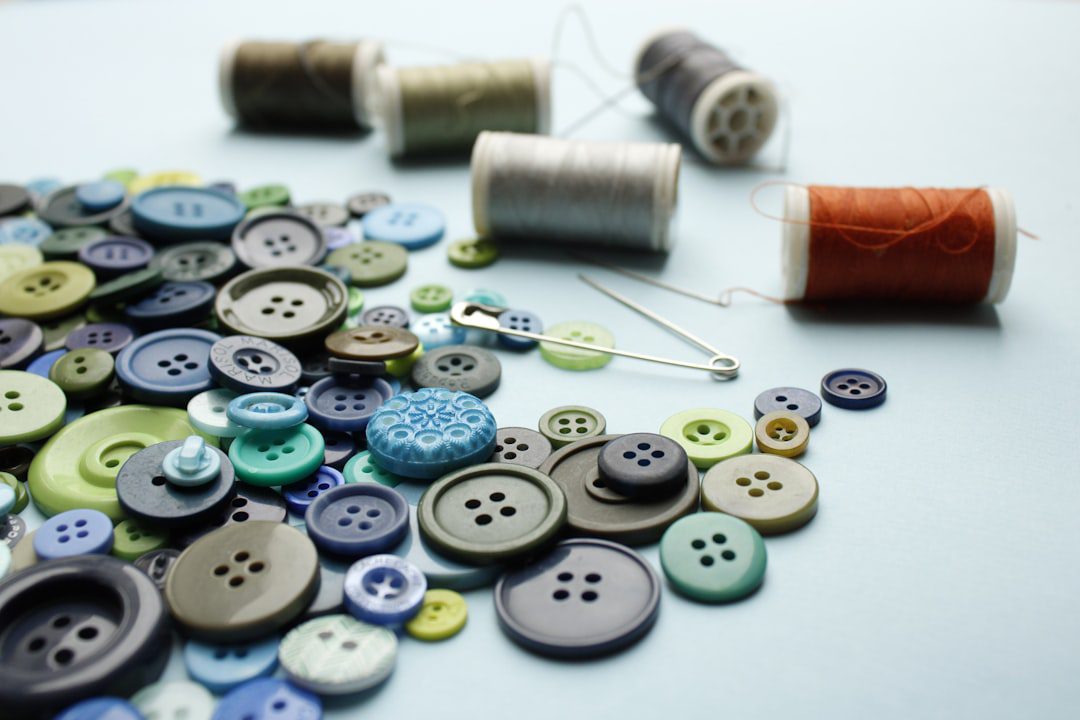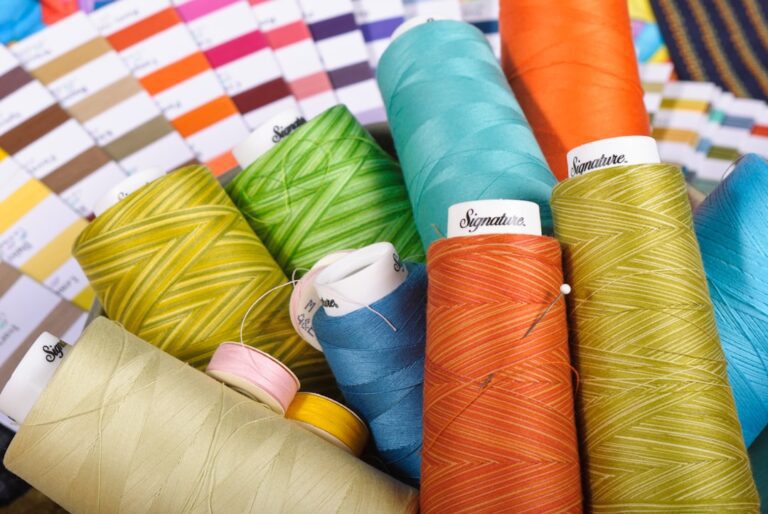How flat-braided wicks improve candle performance.
Flat-braided wicks have emerged as a popular choice among candle makers, both amateur and professional, due to their unique design and performance characteristics. Unlike traditional round wicks, flat-braided wicks are constructed from multiple strands of wick material that are woven together in a flat configuration. This design allows for a larger surface area, which can enhance the burning characteristics of the candle.
The flat shape not only contributes to a more stable flame but also promotes an even burn, reducing the likelihood of tunneling—a common issue where the wax burns down the center, leaving a ring of unburned wax around the edges. The materials used in flat-braided wicks can vary widely, including cotton, wood, and synthetic fibers. Each material brings its own set of properties that can influence the overall performance of the candle.
For instance, cotton wicks are often favored for their ability to absorb and draw up wax efficiently, while wood wicks can create a unique crackling sound reminiscent of a fireplace. The choice of material, combined with the flat-braided design, allows candle makers to tailor their products to specific burning characteristics and aesthetic preferences.
The Science Behind Improved Candle Performance
The performance of a candle is largely determined by the interaction between the wick and the wax. When a candle is lit, the heat from the flame melts the wax around the wick, creating a pool of liquid wax that fuels the flame. Flat-braided wicks are designed to optimize this process by providing a consistent and controlled burn.
The increased surface area of a flat wick allows for more efficient capillary action, which is the process by which liquid wax is drawn up into the wick. This results in a more stable flame and a more uniform burn throughout the life of the candle. Moreover, the braiding technique used in flat-braided wicks can also influence how the wick performs under different conditions.
For example, a tightly braided wick may burn hotter and faster, while a looser braid may produce a cooler flame with a longer burn time. This variability allows candle makers to experiment with different braiding techniques to achieve desired effects, such as longer burn times or specific scent throw characteristics. Understanding these scientific principles can empower candle makers to create products that not only look beautiful but also perform exceptionally well.
Benefits of Using Flat-Braided Wicks
One of the primary benefits of using flat-braided wicks is their ability to produce a more consistent and reliable burn. The flat design helps to stabilize the flame, reducing flickering and ensuring that the candle burns evenly from start to finish. This consistency is particularly important for scented candles, as an even burn allows for a more uniform release of fragrance throughout the burning process.
Candle makers often find that using flat-braided wicks can enhance the overall sensory experience for consumers. In addition to improved burn quality, flat-braided wicks can also contribute to better safety in candle making. A well-designed wick will minimize issues such as excessive smoke or soot production, which can be harmful when inhaled.
Flat-braided wicks tend to produce less soot compared to some other wick types, making them a safer option for indoor use. Furthermore, their ability to maintain a steady flame reduces the risk of overheating or flare-ups, which can pose hazards in candle production and use.
How to Choose the Right Flat-Braided Wick for Your Candle
Selecting the appropriate flat-braided wick for a specific candle project involves several considerations. First and foremost, the type of wax being used plays a crucial role in determining wick size and material. Different waxes have varying melting points and viscosities, which can affect how well a wick performs.
For instance, paraffin wax may require a different wick size compared to soy or beeswax due to differences in how each wax burns and how it interacts with the wick. Another important factor is the diameter of the candle itself. A larger diameter typically requires a thicker or wider wick to ensure that it can draw enough wax to sustain an adequate flame.
Conversely, smaller candles may benefit from thinner wicks that provide a more controlled burn. Candle makers often refer to wick sizing charts provided by manufacturers to find the right match for their specific wax type and candle dimensions. Additionally, experimenting with different wick sizes and materials can lead to discovering unique burning characteristics that enhance the final product.
Tips for Using Flat-Braided Wicks in Candle Making
When incorporating flat-braided wicks into candle making, there are several practical tips that can help ensure success. One key aspect is proper wick placement within the mold or container. The wick should be centered and secured in place before pouring in the wax to prevent it from leaning or shifting during the cooling process.
Many candle makers use wick holders or adhesive tabs to keep the wick upright while pouring. Another important consideration is pre-wicking treatment. Soaking flat-braided wicks in melted wax before use can enhance their performance by saturating them with fuel.
This pre-treatment helps improve capillary action and ensures that the wick ignites easily when lit. Additionally, monitoring the burn during initial tests is crucial; observing how the candle performs can provide valuable insights into whether adjustments are needed in terms of wick size or material.
Common Mistakes to Avoid When Using Flat-Braided Wicks
Despite their advantages, there are common pitfalls that candle makers may encounter when using flat-braided wicks. One frequent mistake is selecting an inappropriate wick size for the candle’s diameter or wax type. Using a wick that is too small can lead to poor burning performance, resulting in tunneling or insufficient melt pool formation.
Conversely, an overly large wick may cause excessive soot production or an uncontrollable flame. Another mistake involves neglecting to account for environmental factors that can affect burning behavior. For instance, drafts from open windows or air conditioning vents can disrupt the stability of the flame, leading to uneven burning or flickering.
Candle makers should consider testing their products in various settings to understand how external conditions impact performance. By being mindful of these common errors, candle makers can refine their techniques and produce higher-quality candles.
Comparing Flat-Braided Wicks to Other Wick Types
When evaluating flat-braided wicks against other types such as round wicks or wooden wicks, several distinctions become apparent. Round wicks are often simpler in design but may not provide the same level of stability as flat-braided options. While round wicks can work well for certain applications, they may be more prone to flickering and uneven burns compared to their flat counterparts.
Wooden wicks offer a unique aesthetic appeal and create a soothing crackling sound when burned; however, they require specific conditions for optimal performance. Wooden wicks tend to burn differently than braided cotton wicks and may necessitate additional adjustments in terms of wax formulation and wick sizing. In contrast, flat-braided wicks strike a balance between performance and versatility, making them suitable for various types of candles while providing consistent results.
Conclusion and Final Thoughts on Flat-Braided Wicks
Flat-braided wicks represent an innovative advancement in candle making that combines functionality with aesthetic appeal. Their unique design enhances burning performance by promoting even wax consumption and reducing soot production while offering versatility across different types of candles. By understanding the science behind these wicks and applying best practices in selection and usage, candle makers can create high-quality products that meet consumer expectations.
As interest in artisanal candle making continues to grow, exploring various wick options—including flat-braided varieties—can lead to exciting new creations and improved performance outcomes. Whether crafting scented candles for relaxation or decorative pieces for special occasions, flat-braided wicks provide an excellent foundation for achieving desired results while enhancing safety and user experience.
If you’re interested in making your own candles, you may also enjoy reading this article on The Beginner’s Guide to DIY Soy Wax Candles. This article provides helpful tips and step-by-step instructions for creating your own soy wax candles at home. Soy wax is a popular choice for candle making due to its clean burn and eco-friendly properties. Check it out for more inspiration and ideas for your next candle-making project!
FAQs
What are flat-braided wicks?
Flat-braided wicks are wicks made from multiple strands of fiber that are braided together to form a flat shape. They are commonly used in candles to provide a stable and consistent flame.
How do flat-braided wicks improve candle performance?
Flat-braided wicks improve candle performance by providing a more stable and consistent flame, which leads to better wax consumption, reduced smoking, and a more even burn.
What types of candles benefit from flat-braided wicks?
Flat-braided wicks are beneficial for a wide range of candles, including container candles, pillar candles, and votive candles. They are particularly useful for candles made from paraffin, soy, and beeswax.
Are there different sizes of flat-braided wicks available?
Yes, flat-braided wicks come in various sizes to accommodate different candle diameters and types of wax. It’s important to choose the right size wick for your specific candle to ensure optimal performance.
Can flat-braided wicks be used in scented candles?
Yes, flat-braided wicks can be used in scented candles. However, it’s important to consider the type of wax and fragrance load when selecting a wick to ensure proper burning and fragrance throw.













